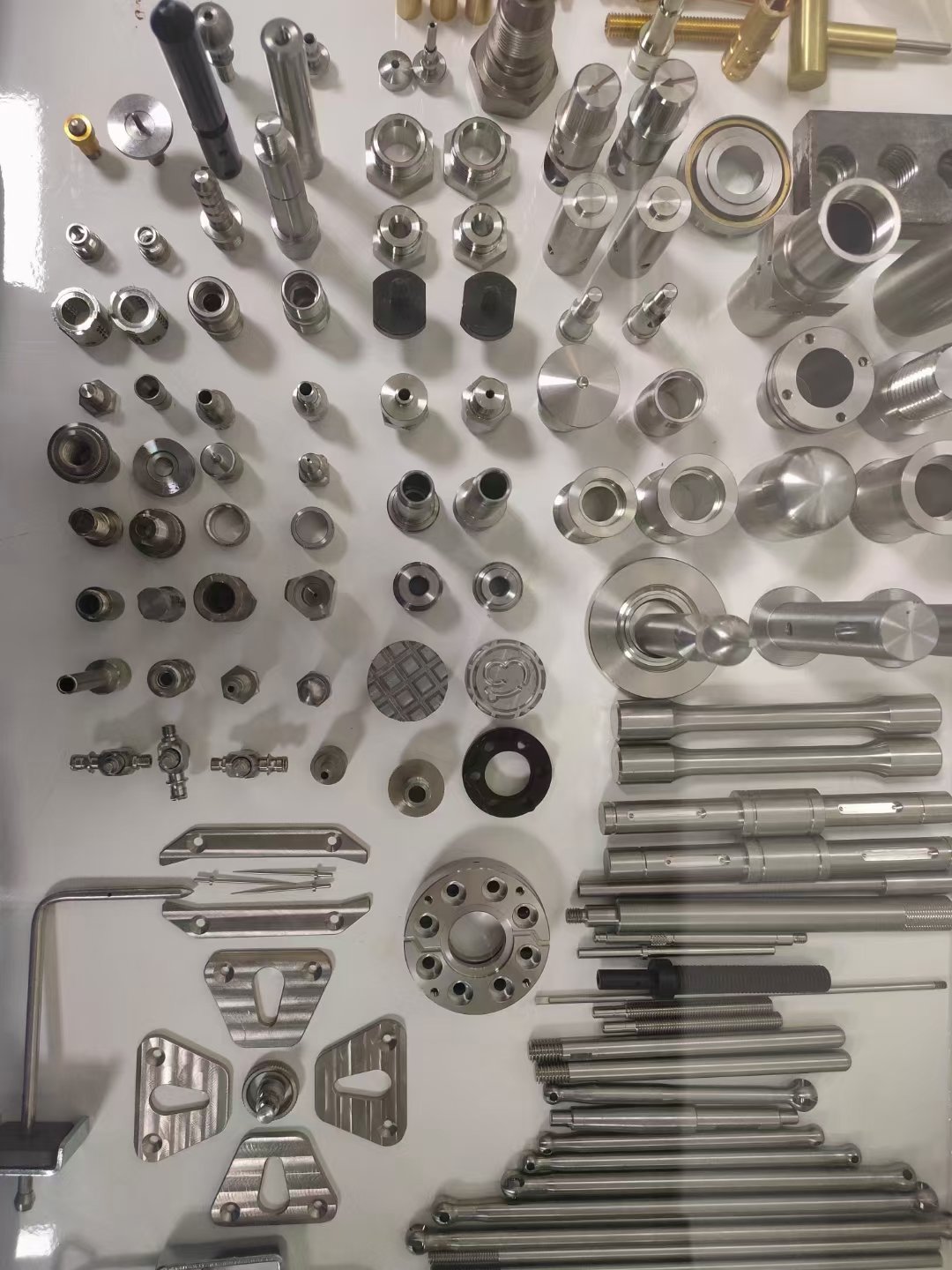At Jupaicnc, we are at the forefront of combining advanced 3D printing and CNC machining to create precise medical components prototype machining. The integration of these two cutting-edge technologies allows us to meet the unique demands of the medical industry, where accuracy and reliability are paramount. In this highly specialized field, producing prototypes that mirror the final product in terms of functionality, material properties, and design is a critical step in the development process. Jupaicnc’s commitment to innovation and quality ensures that our clients receive medical prototypes that meet the highest standards, accelerating the design process and minimizing costly errors in the final stages of production.

3D printing, often referred to as additive manufacturing, allows for the rapid creation of complex geometric structures that would be difficult, if not impossible, to achieve using traditional manufacturing techniques. This makes it an ideal solution for the production of medical prototypes, where intricate designs and customized components are frequently required. By building up layers of material based on a digital model, 3D printing offers a level of flexibility that is essential for the medical industry. At Jupaicnc, we utilize state-of-the-art 3D printing technology to quickly produce models that help visualize and test designs before they are manufactured using traditional methods. This process reduces lead times, allowing for faster iterations and more efficient development cycles.
In addition to 3D printing, CNC machining plays a vital role in ensuring that medical prototypes are produced with exceptional precision and consistency. CNC machining, which stands for Computer Numerical Control, involves the use of computer-controlled machines to cut, shape, and form materials into exact specifications. This technology is renowned for its high accuracy, repeatability, and the ability to work with a wide range of materials, including metals, plastics, and composites. For medical components, where even the smallest deviation from the design can lead to functional failure, CNC machining is essential for achieving the tight tolerances required. At Jupaicnc, we leverage CNC machining to produce medical prototypes that meet the stringent requirements set forth by the healthcare industry.
The combination of 3D printing and CNC machining offers numerous advantages in the creation of medical prototypes. 3D printing is an excellent tool for creating initial models, providing a rapid and cost-effective way to evaluate design concepts. However, once a prototype reaches a level of refinement and is ready for final testing or production, CNC machining takes over to ensure the prototype’s precision and durability. This dual approach allows for the creation of highly accurate prototypes that can be used for functional testing, regulatory approvals, and validation processes in medical device development.
At Jupaicnc, we understand that each medical prototype is unique, often requiring specific materials, finishes, and tolerances that cater to both functionality and safety standards. Our team of experts ensures that both 3D printing and CNC machining processes are optimized for each project, guaranteeing that the final product is not only accurate but also reliable. By using 3D printing for prototyping and CNC machining for final adjustments, we can deliver parts that are both lightweight and robust, addressing the evolving needs of the medical field.
The use of 3D printing and CNC machining in the development of medical prototypes also streamlines the collaboration between designers, engineers, and manufacturers. With 3D printed models, stakeholders can visualize the design early in the process, allowing for feedback and adjustments before committing to expensive manufacturing steps. Once the design is finalized, CNC machining ensures that the prototype can be produced in the precise dimensions required. This synergy reduces the likelihood of errors and enhances the efficiency of the development cycle, ultimately leading to faster time-to-market for new medical devices.
As medical technology continues to evolve, the need for faster, more precise prototyping becomes increasingly important. The integration of 3D printing and CNC machining enables Jupaicnc to meet this demand while ensuring that medical components prototype machining is of the highest quality. Whether it’s a complex surgical tool, an implantable device, or a custom medical instrument, our team has the expertise and technology to deliver prototypes that meet the most demanding specifications. By combining the strengths of both 3D printing and CNC machining, we can provide our clients with a comprehensive solution that enhances the development process and drives innovation in the medical sector.
